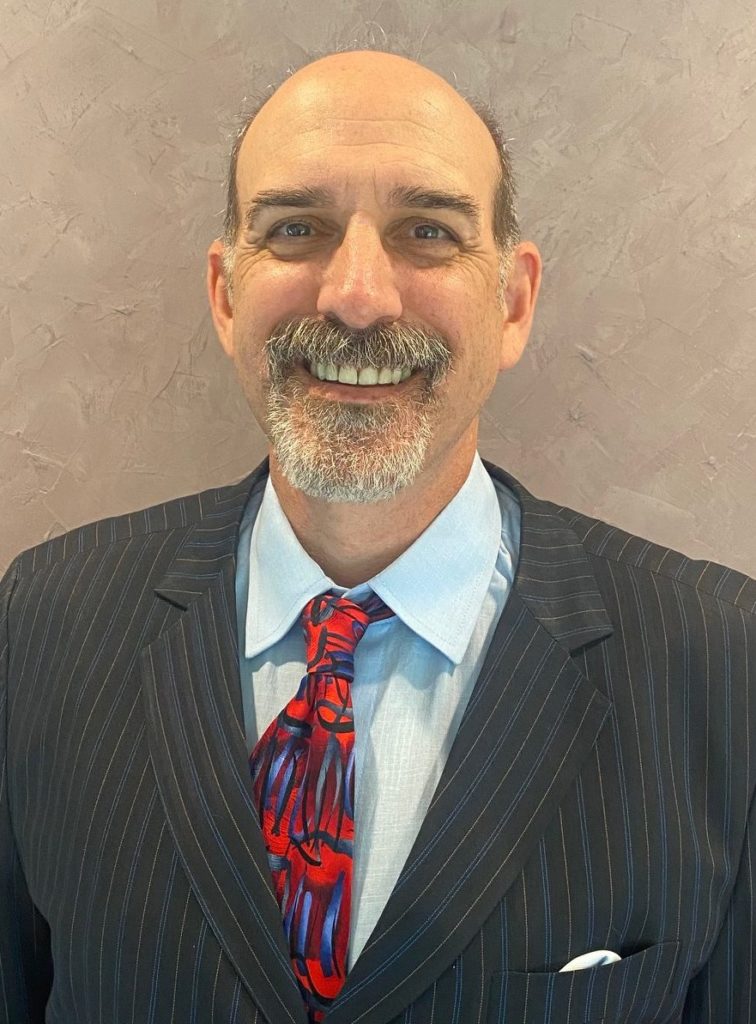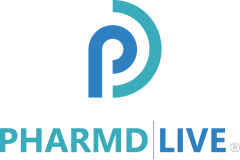PharmDs Earn MVP Status
By Marshall Eidenberg, OD
Chronic care services managed by a doctor of pharmacy, PharmD, is a critical addition to a medical practice, but they are not widely engaged with these responsibilities. With the challenging number of diagnoses and medications that Medicare patients take, it is essential to have a team member whose primary function is to rapidly review patients records, give informed advice on any side effects to watch out for, and give medication interaction alerts to the rest of the care team.
The author is a residency-trained, board-certified emergency medicine physician and offers a different perspective. Like many physicians, he prescribes around 300 medications regularly and with a great deal of comfort knowing their mechanism of action, interactions, and side effects. According to the FDA, there are over 20,000 medications approved. He admits he does not have the time or capacity to know each of these and is confident most clinicians are in the same place. Fortunately, there was a pharmacist in the emergency department at several of the hospitals in which he served. They were and are valued partners.
For example, during resuscitation, the pharmacists were preparing the next round of medication or had the vasoactive drip ready when it was needed. They advised on starting doses of weight and renally dosed medication, so the patient received the correct medication within the appropriate therapeutic window. Pharmacists do not prescribe, but they can keep the doctor from causing harm by inadvertently prescribing medicines that do not go well together. As the author’s practice has evolved and the past two years of COVID-19 have shown, there is no capacity in our country’s EDs. By partnering with pharmacists, we can keep patients out of the ED for preventable interactions, making everyone’s lives a little bit better–and that little bit has significant results in the aggregate.
A PharmD dedicated to knowing approved medications and understanding the medical situations in which they are applied is critical to caring for and reducing risk to the aged and vulnerable Medicare patient population. This population generally has more comorbidities and can have numerous medications, complicating medication management and adding time-consuming investigation. A team pharmacist can save time and provide confidence in decision-making because of their expertise and experience.
In the physician’s office, when you put electronic health records (EHRs) with algorithms and artificial intelligence into the hands of your team pharmacist, you have an overwhelming opportunity to improve clinical benefits and even greater opportunity to improve patient care. Chronic care services managed by a PharmD provides increased interaction with patients between regular visits with the primary care provider. It stands to reason that if the EHR makes records more readily available at the point of care, then the same EHR in the hands of a PharmD/chronic care coordinator who has this kind of AI software can deliver better care between visits and further benefit the practice. Adverse drug events are avoided. Patient health improves, as do satisfaction scores and CMS reimbursements.
A survey cited1 by HealthIT.gov says with sources dating 2008-2012 and reviewed in 2019 says:
- 94% of providers report that their EHR makes records readily available at the point of care.
- 88% report that their EHR produces clinical benefits for the practice.
- 75% of providers report that their EHR allows them to deliver better patient care.
Comorbidities and Medicare patient risk
The aging population sees more specialists. PharmD chronic care managers monitor the additional medications for various comorbidities and ensure the primary physician knows these medications.
Obesity is rising in the more sedentary aging population, an extra layer of risk for Medicare patients. Diabetes 2, low quality of life, cardiac-related illnesses, osteoarthritis, and more are caused or exacerbated by obesity. A pharmacist who can review the additional added medications and ensure no adverse reactions are expected, and no drug interactions considerably lowers the risk to this population. With a PharmD managing chronic care services, communication and knowledge sharing are facilitated between all providers. All involved on the patient’s care team are informed and up-to-date on the medication changes made by different team members.
The variety of circumstances that can be defined as chronic care management supports the prospect of having coordination centered around medication. Clinical pharmacists who become board-certified have medical training that is often underestimated. One newly-minted PharmD was floating among various stores in an Ohio retail pharmacy chain. She noticed a concerning mole while giving a flu shot and encouraged the patient to see her doctor. She talked the patient through her resistance and learned some months later that the patient indeed had melanoma and a very aggressive one.2
B. Joseph Guglielmo, PharmD, dean of the UCSF School of Pharmacy, has long advocated elevating the role of PharmDs in educating patients regarding medications.3 As a matter of public health, the more patients understand what medicines they take, and why, outcomes will improve. Because over the past few years, the PharmDs potential scope of practice has been widened, it further supports the value of adding a PharmD to a practice’s immediate team. Again, as care coordinators in the Medicare group, they can take the needed time to provide counsel to patients–activity patients have always valued, given the availability of the pharmacist at the local drug store, especially with those who have extended public hours. Under the right circumstances, these most valuable practitioners will enjoy greater career satisfaction while empowering patients. The potential to recognize their training with greater compensation and grow medical practice success while improving patient quality of life is most valuable, indeed.
About the author

Regional Medical Director, PharmD Live
Dr. Eidenberg has made his mark as a chief medical officer in harsh conditions. Marshall is a board-certified emergency medicine physician interested in trauma, improving efficiency and flow, and wellness in the community and healthcare settings. He graduated with a bachelor’s in Biology from Western Maryland College and earned his medical degree from the Philadelphia College of Osteopathy. Dr. Eidenberg additionally received a Healthcare Management MBA from Walden University.
1. Improved Diagnostics and Patient Outcomes – https://www.healthit.gov/topic/health-it-and-health-information-exchange-basics/improved-diagnostics-patient-outcomes
2. During a Routine Flu Shot, a Pharmacist Saves a Patient’s Life Lisa Boylan|Mar-22-18|Categories: Article|Tags: Pharmacy_Value https://www.nacds.org/news/during-a-routine-flu-shot-a-pharmacist-saves-a-patients-life/
3. Let pharmacists empower patients and save lives – B. Joseph Guglielmo, PharmD. Dean, Troy C. Daniels Distinguished Professor of Pharmaceutical Sciences. School of Pharmacy UC, San Francisco https://pharmacy.ucsf.edu/news/2017/04/let-pharmacists-empower-patients-save-lives








